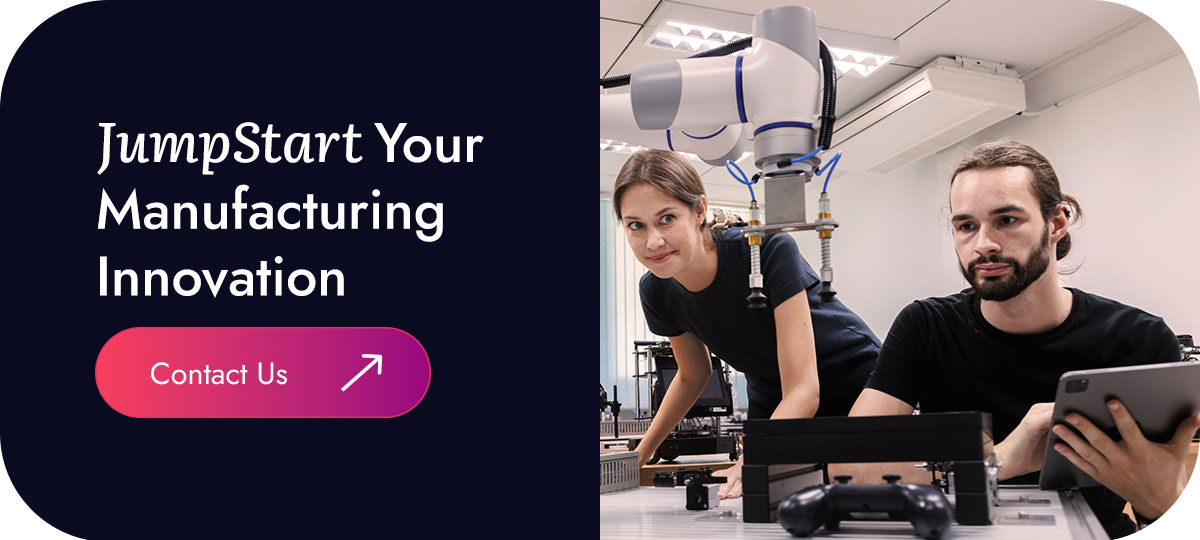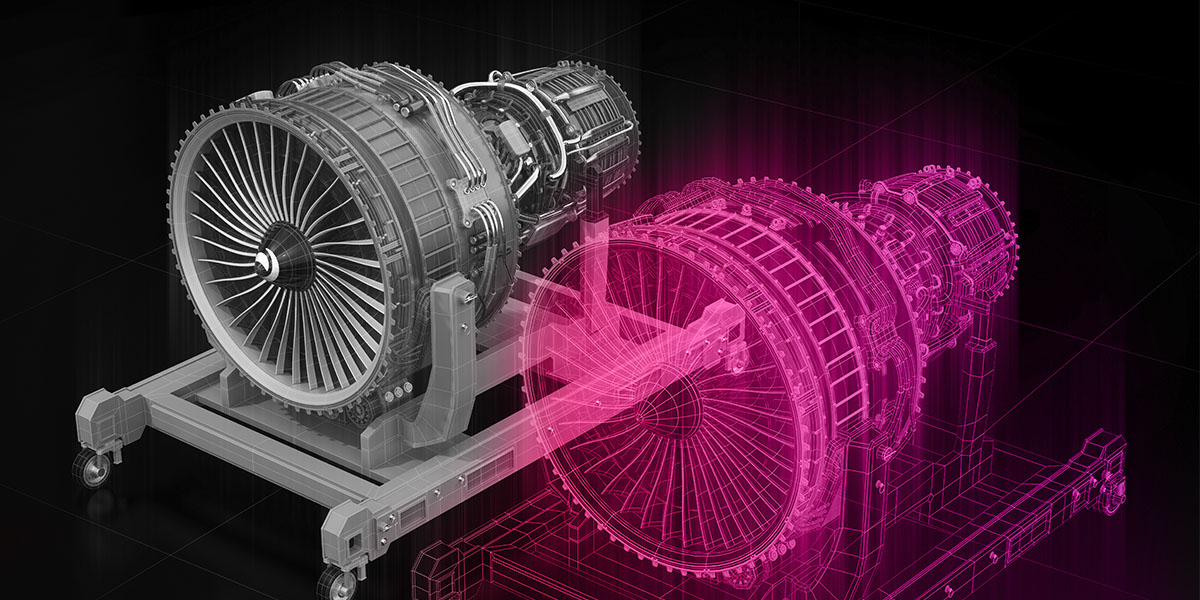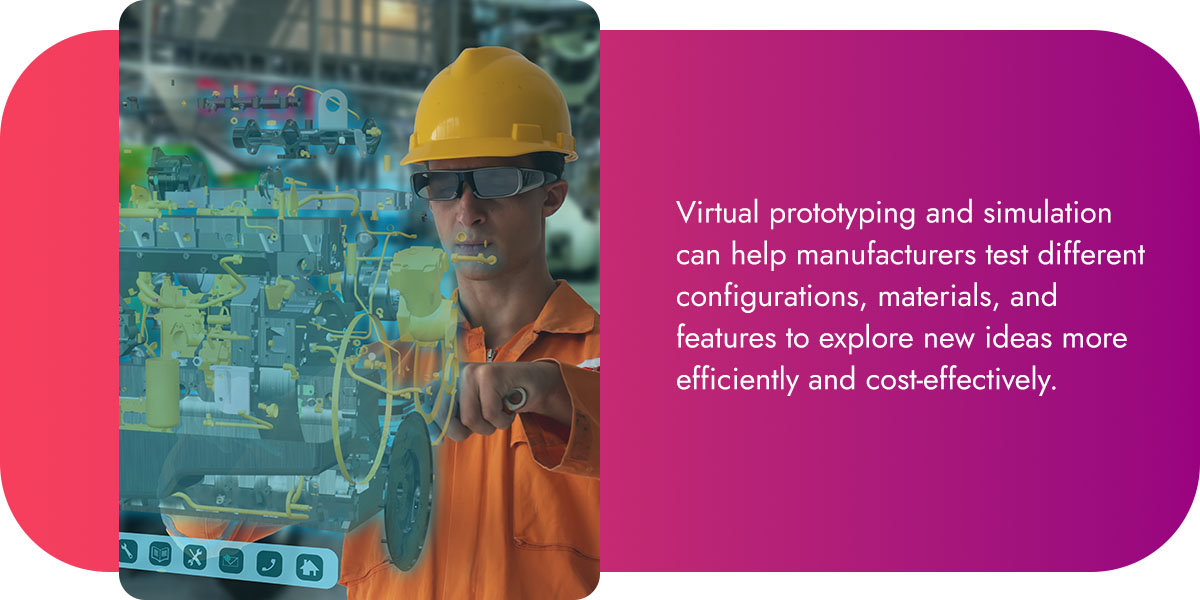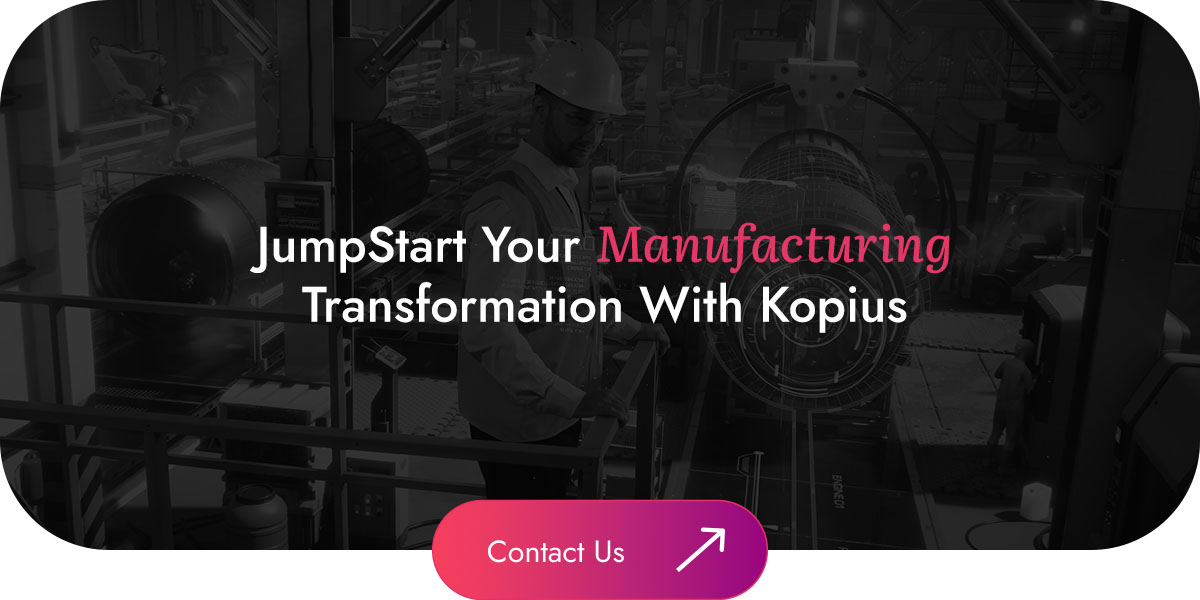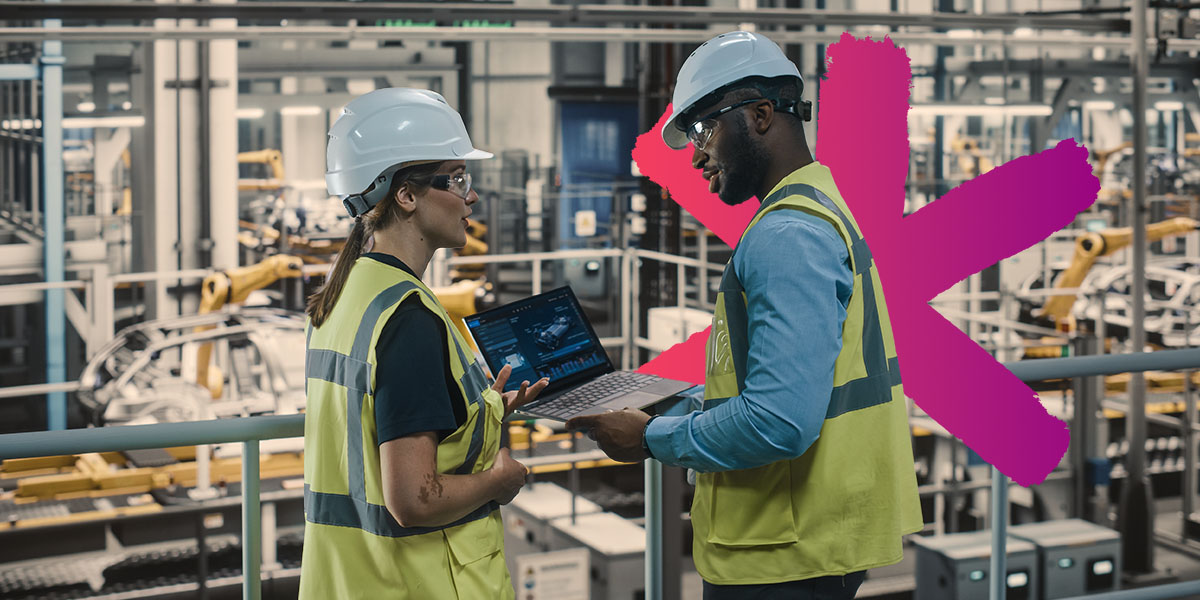
Manufacturing has long been an industry of innovation. Smart factories are the industry’s next leap, with the market expected to reach $321.98 billion by 2032. By applying artificial intelligence (AI), intelligent automation, and machine learning, smart factories can take your business to new heights, increase productivity, reduce costs, and improve overall efficiency. Learn more about smart factories and the technologies they use to optimize manufacturing processes.
What Is a Smart Factory?
Smart factories are the modern interpretation of the factory environment. They improve manufacturing processes through the use of interconnected networks of machines, communication mechanisms, and computing power. Key features include:
- Interconnectivity: Machines, devices, and systems share data and communicate with each other.
- Automation: Robotics, AI, and Internet of Things (IoT) technologies work together to automate processes and reduce manual intervention.
- Data analytics: Real-time monitoring and data analytics predict equipment failures and allow better decision-making.
- Flexibility: Technologies offer quick adaptability to changes in demand or production requirements.
- Quality control: Advanced sensors and monitoring systems ensure consistent product quality.
Smart factories analyze data, drive intelligent automation, and learn as they go, allowing for greater efficiency and quality control in manufacturing plants.
How Do Smart Factories Work?
While automation and robotics have been used in manufacturing for decades, the smart factory was introduced to integrate these machines, people, and data into one interconnected system. Ultimately, a smart factory teaches itself and humans to be more adaptable, efficient, and safe through the use of technologies like:
- Artificial intelligence: Smart factories integrated with AI have more power, speed, and flexibility to gather and analyze disparate sets, and offer real-time insights and recommendations. AI essentially powers automation and intelligence within smart factories, helping them continually optimize manufacturing processes.
- Machine learning: Machine learning offers predictive maintenance capabilities in smart factories. The system monitors and analyzes processes, sending alerts before system failures occur. This way, you can make necessary repairs to prevent costly downtime, or the system will automate maintenance, depending on the situation.
- Internet of Things: IoT connects the various devices and machines in a manufacturing plant, where they exchange data to automate actions and workflows. The interconnectedness can promote better resiliency and safety in your processes.
Benefits of Smart Factories
Smart factories can transform your manufacturing processes, unlocking numerous opportunities for automation, efficiency, cost savings, and safety:
Improve Efficiency
Smart factories use robotics and automated systems to boost productivity. By monitoring processes and identifying bottlenecks in real-time, these technologies can point out ways to reduce inefficiencies and streamline workflows. The system’s use of sensors and AI can also predict maintenance needs, reduce human error, and monitor product quality to ensure consistent output.
Reduce Operational Costs
Smart factories help reduce operational costs in many ways. Predictive maintenance allows you to make timely repairs, which can prevent costly downtime and extend the life span of machinery. Additionally, real-time data analytics can track your inventory levels to minimize excess stock and storage costs.
Greater efficiency, consistent quality, and responsiveness can ultimately lead to customer loyalty and increased market share.
Enhance Workplace Safety
Smart factories identify ways to keep your workplace safe. IoT sensors continuously monitor equipment, worker activities, and external conditions, detecting potential safety hazards promptly. They may also trigger automatic alerts in case of emergencies like gas leaks or fires, giving you time to act and prevent accidents or injuries.
Manufacturing With Smart Factory Solutions
By applying various forms of digital technology like AI and intelligent automation, smart factories can highlight inefficiencies and make manufacturing processes much smoother. You might apply the following smart manufacturing solutions across the different stages of your operations:
1. Intelligent Automation
Intelligent automation refers to the use of AI and machine learning solutions to automate tasks. When AI becomes part of smart factories, machines can learn, adapt, and make decisions without human intervention. For example, you can use intelligent automation on assembly lines to schedule maintenance and prevent downtime. Software bots can pinpoint the source of issues and notify engineers to fix them quickly to get operations up and running.
Intelligent automation solutions can also optimize demand forecasting, inventory management, and logistics to reduce costs and streamline operations.
2. IoT
IoT devices, like sensors, actuators, and radio frequency identification (RFID) tags, can be used in manufacturing plants to collect real-time data on equipment performance, environmental conditions, supply chain logistics, and product quality. These devices then transmit data to a central system, where AI and machine learning analyze it.
For example, you might integrate IoT automation through a smart inventory management system. In this scenario, you place IoT sensors on inventory shelves and storage areas to monitor stock levels in real-time. The sensors collect data on quantities, movement patterns, and expiration dates. When inventory reaches a certain threshold, they automatically reorder supplies to improve efficiency.
3. Machine Learning
Machine learning technology can optimize manufacturing processes in various ways. For instance, it can forecast the energy usage of equipment, allowing you to meet resource demands or limit energy consumption. Machine learning can also improve health and safety in smart factories. For example, you might use IoT sensors to measure air quality and noise levels.
Machine learning algorithms can use information from IoT sensors to identify when workers are exposed to high levels of pollutants or excessive noise. Once detected, the sensors can send out alerts and recommendations to help workers avoid safety risks.
4. Cobots
In smart factories, AI can be used to power collaborative robots, or cobots, to work alongside humans. This recent innovation can promote safety in smart factories, as they work through features like sensors and computer vision to halt operation at the detection of danger.
Cobots also allow for human-machine interaction without barriers, supplementing physical work with machine efficiencies. While the development of cobots is still ongoing, they are already being used in manufacturing factories, including Amazon, which has used cobots since 2012 to help with stock picking in their warehouses.
JumpStart Your Smart Factory Journey
Smart factories present numerous opportunities for growth. By using smart manufacturing technology, such as IoT and automation, you can promote greater efficiency, productivity, and safety in your operations. However, a lack of expertise and internal resources are among the numerous obstacles that can prevent businesses from successfully implementing these technologies. Kopius’s JumpStart program can help you unlock the full potential of smart factories and drive success.
Our experts offer end-to-end solutions, assisting in every stage of the implementation process, from planning to delivery. We can also help you manage the daily operations and infrastructure of your software, keeping things running smoothly. Digital Possibilities Delivered. Contact us today to leverage manufacturing solutions for your business.
Related Services:
- IoT Development
- Digital Product Development
- Artificial Intelligence & Machine Learning
- Data & Analytics
Additional Resources:


